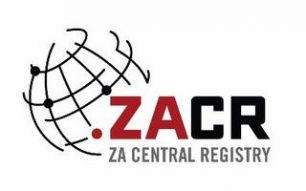Press Release:
Take the Furniture but Don’t Take the Fibre ONT
Published on: 2023-04-24South Africa’s Internet Service Providers’ Association (ISPA) says home and business Internet customers should first check with their ISP before removing any fibre equipment.
“Moving the furniture’s fine, but when relocating, don’t move the Optical Network Terminal (ONT) device and cabling that serviced your fibre connection. The ONT belongs to the Fibre Network Operator (FNO), it’s not a router, and it won’t work on another network at another location and can’t be sold.” says ISPA chair, Sasha Booth-Beharilal.
ONT devices are sometimes referred to as CPEs or Customer Premises Equipment. Regardless of the term used, the best advice is for tenants, property agents, buyers and sellers to check with the relevant ISP before removing anything related to fibre services. Consumers should be aware that the fibre cabling itself even while appearing as normal copper cabling is very sensitive and can easily be damaged.
“In all cases, the ONT must remain on site and probably other fibre-based Internet equipment as well,” she adds. FNOs and their installers should ideally have placed a ‘do not remove’ sticker on fibre hardware that should remain with a property but this is not yet commonplace.
Former tenants and owners removing fibre equipment has become so widespread, says ISPA, that many FNOs are now invoicing ISPs in the event of the latter’s clients removing hardware. In some cases, the router also needed to remain in the building as it often belongs to the FNO and might not have been fully paid for.
Things can get confusing, however, as the ONT and router could be the same physical device and sometimes, one fibre cable could be connected to two ONT devices.
Again, checking with the ISP is the best course of action for vacating tenants, former owners and others.
With open-access models that enable choice of ISP proving most popular with consumers, end-users generally have no relationship with the FNO who will send an installation team to affix their ONT to the client’s property.
The ONT is where the fibre optic cable ends, which denotes the service demarcation point of the FNO. The FNO or their appointed contractor, should liaise with the consumer or with the ISP, who may typically then send their own installer to the premises with a router. Some ISPs dispatch routers directly to end clients for a self service installation.
The ONT is typically fixed to the wall near a power socket and, like an alarm system, needs to be left plugged in to work. By guiding consumers on the process of relocations and device equipment, ISPA aims to facilitate the seamless operation and reduction in costs for and between FNOs, ISPs and consumers.
ISPA is an industry representative body representing the interests of more than 220 ISPs.
Please regularly visit @ISPA_ZA on Twitter for device examples.
Further Information
For further information, please contact the ISPA secretariat on the Contact ISPA page.






